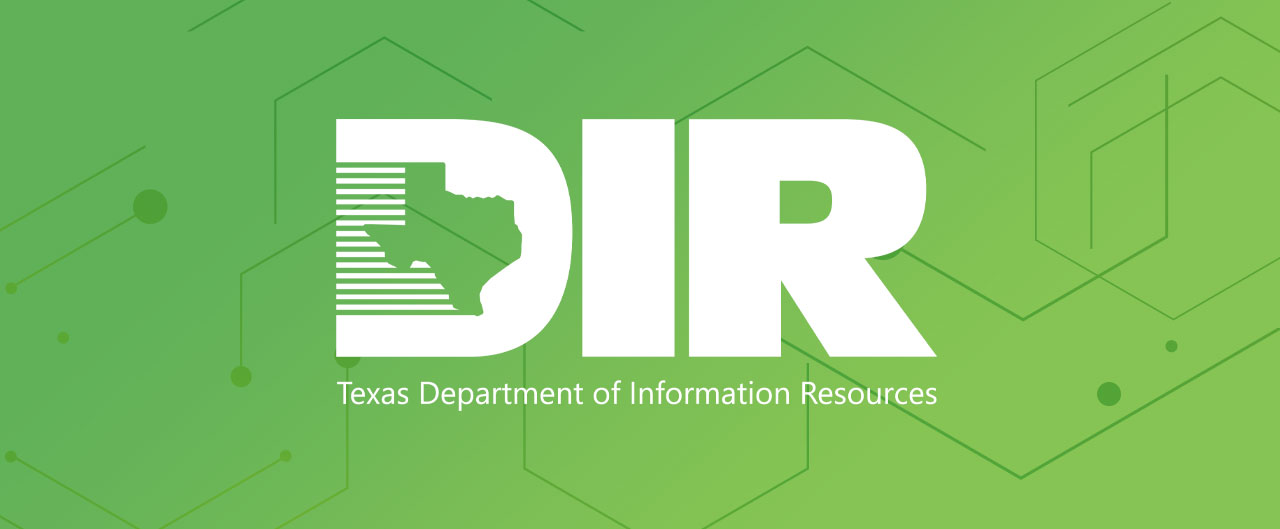In today’s IT environments, there are many different concepts that businesses must keep up with and integrate into their own IT strategy. One key concept that all businesses should be aware of is that of data resilience.
Here’s what you should know about data resilience and how to incorporate it into your overall IT strategy.
What is data resilience?
Put simply, data resilience refers to the durability of an IT system when faced with potential issues. Data is resilient when tools and systems can automatically detect and mitigate problems that could result in data loss. Of course, that also includes restoring compromised data. It is also intimately tied to the IT concept of high availability. That’s where systems are designed to function for as long as possible without failure.
Though it is an important part of an overall strategy, it is important not to confuse resilience with data replication. Data archiving, for example, can be useful for creating a copy of critical data, which itself is a critical component of having resilient data. However, backing up or archiving data alone isn’t enough to achieve this goal.
Why data resilience is so important for businesses
Data resilience is fundamentally important to businesses of all sizes. To sum it up, that’s because of its ability to reduce downtime and allow for business continuity. Because of the heavily data-dependent nature of modern business, IT downtime can cost your company considerable sums of money. In fact, unplanned downtime is estimated to cost companies a minimum of $926 per minute, with maximum amounts being well into the thousands of dollars per minute.
Data resilience can also help your business in preparing for a variety of different IT contingencies. Disaster recovery, for example, is closely linked to data resilience, as having continual access to data is an important part of bringing technology assets back online after a disaster occurs. By pursuing a data resilience strategy, you can give yourself a leg up in other data-related areas of IT planning.
How can you achieve resilience?
The first step in achieving data resilience is to pursue a data reliability strategy. Data reliability involves replicating data in multiple forms, usually including both onsite and off-site storage media. Cloud-based data storage solutions can also be helpful in achieving data reGliability.
Simply replicating data, though, is only one part of data resilience. Another important component is risk management, both within your own business and at the vendor level. By consistently identifying and mitigating IT risks, you can help to prevent potential failures from occurring in the first place.
Cybersecurity also plays a critical role in achieving data resilience. With some 14 million American businesses subject to major risks from hacking, strong security protocols are needed to ensure that your business’ data remains safe and available. Layered security systems that protect your data in multiple ways can be very effective in counteracting various cyber threats.
By pursuing a strategy, you can ensure that important data remains available. It also reduces the amount of downtime your business will have to deal with. Whether your existing IT team can make your data more resilient or you will need an outside IT consultant to help, a strong data resilience strategy is well worth investing in.





